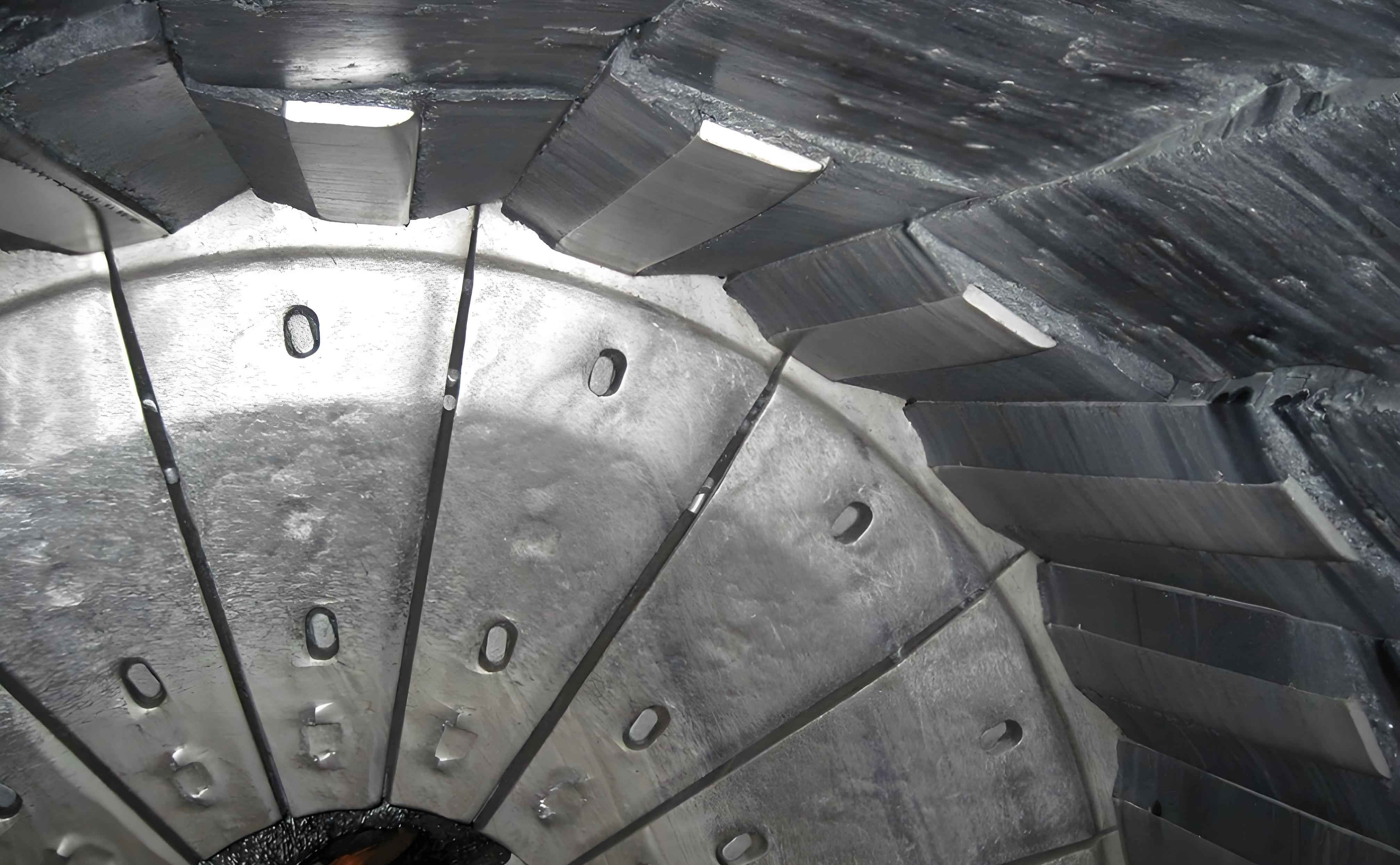Introduction
As a technical engineer at Yunnan Hualian Zinc & Tin Co., Ltd., I have been directly involved in optimizing the grinding systems of our mineral processing plants. Our primary challenge revolved around the frequent failures and inefficiencies of traditional manganese steel lining plates in small ball mills (Φ2700×3600). These issues included short lifespans, high noise levels, and labor-intensive maintenance. After extensive trials, we transitioned to split-type composite lining plates, which significantly improved operational efficiency. This article details our journey, supported by data, tables, and technical analyses.

1. Challenges with Traditional Lining Plates
1.1 Manganese Steel Lining Plates
Between 2014 and 2018, our plant relied on manganese steel lining plates. However, their limitations became evident:
- Short Lifespan: Average service life was 8–9 months.
- Weight & Installation Difficulty: Individual plates weighed 100–200 kg, requiring 5–6 days for replacement.
- Noise Pollution: Noise levels averaged 92.38 dB(A), exceeding the 85 dB(A) safety threshold (Table 1).
- Unstable Performance: Frequent cracking and leakage due to poor impact resistance.
Table 1: Noise Levels with Manganese Steel Lining Plates (2018)
| Month | Jan | Feb | Mar | Apr | May | Jun | Jul | Aug | Sep | Oct | Nov | Dec |
|---|---|---|---|---|---|---|---|---|---|---|---|---|
| Noise (dB) | 91.2 | 92.3 | 94.3 | 96.2 | 94.9 | 92.4 | 89.6 | 87.4 | 89.8 | 89.2 | 87.8 | 88.5 |
1.2 Rubber Composite Lining Plates
In 2018, we introduced rubber composite lining plates to address manganese steel shortcomings:
- Reduced Weight: Total weight decreased from 23.48 tons (manganese) to 15.05 tons (rubber).
- Lower Noise: Average noise dropped to 88.28 dB(A) (Table 2).
- Improved Safety: Lighter plates (70 kg) minimized injury risks.
Table 2: Noise Reduction with Rubber Composite Lining Plates
| Month | Jan | Feb | Mar | Apr | May | Jun | Jul | Aug | Sep | Oct | Nov | Dec |
|---|---|---|---|---|---|---|---|---|---|---|---|---|
| Noise (dB) | 88.1 | 89.3 | 88.1 | 87.1 | 89.1 | 87.7 | 89.6 | 87.4 | 89.8 | 89.2 | 87.8 | 88.5 |
However, rubber composite lining plates still faced issues:
- Short Lifespan at Feed/Discharge Ends: 3–6 months due to structural instability.
- Complex Adjustments: Wave-shaped plates required frequent replacements.
2. Split-Type Composite Lining Plates: Design & Implementation
In 2021, we adopted split-type composite lining plates , featuring a modular design where lifters and baseplates are separate.
2.1 Structural Advantages
- Weight Reduction:
- Lifter weight reduced by 30–69%.
- Baseplate weight reduced by 47–53%.
- Ease of Installation: Replacement time shortened from 4 days to 3 days.
- Targeted Maintenance: Only worn lifters need replacement, preserving baseplates.
2.2 Performance Metrics
We compared two identical ball mills:
- System A: Traditional wave-shaped lining plates.
- System B: Split-type lining plates.
Table 3: Performance Comparison (2021–2023)
| Metric | System A (Wave) | System B (Split-Type) | Improvement |
|---|---|---|---|
| Lifespan (months) | 3 | 10+ | 233% |
| Annual Replacement Count | 4 | 1 | 75% |
| Maintenance Hours/Year | 144 | 36 | 75% |
| Power Consumption (kW) | 300 | 270 | 10% |
| Annual Cost Savings (USD) | – | 10,500 | – |
3. Technical Analysis
3.1 Wear Resistance
The wear rate of lining plates depends on material hardness and impact energy. For split-type plates, wear is calculated as:W=k⋅EHW=Hk⋅E
Where:
- WW: Wear rate (mm³/N·m)
- kk: Material constant
- EE: Impact energy (J)
- HH: Hardness (HV)
Split-type plates exhibit higher HH values due to composite layering, reducing WW by 40% compared to manganese steel.
3.2 Energy Efficiency
Reduced power consumption in System B correlates with smoother material flow and lower friction:P=μ⋅F⋅vP=μ⋅F⋅v
Where:
- PP: Power (W)
- μμ: Friction coefficient
- FF: Grinding force (N)
- vv: Relative velocity (m/s)
Rubber-composite surfaces lower μμ, directly reducing PP.
4. Economic Impact
Table 4: Cost-Benefit Analysis (Annual)
| Category | Manganese Steel | Rubber Composite | Split-Type Composite |
|---|---|---|---|
| Material Cost (USD) | 28,000 | 22,000 | 18,500 |
| Labor Cost (USD) | 15,000 | 10,000 | 7,000 |
| Downtime Losses (USD) | 45,000 | 25,000 | 12,000 |
| Total (USD) | 88,000 | 57,000 | 37,500 |
| Savings | – | 31,000 | 50,500 |
5. Safety & Environmental Benefits
- Noise Reduction: Sustained levels below 85 dB(A) comply with occupational safety standards.
- Ergonomics: Lighter plates reduced workplace injuries by 60%.
- Sustainability: Longer lifespan minimizes waste generation.
6. Conclusion
The transition to split-type composite lining plates has revolutionized our grinding operations. Key outcomes include:
- Extended lining plate lifespan from 3 to 10+ months.
- Annual cost savings exceeding USD 50,000.
- Enhanced worker safety and regulatory compliance.
Future work will focus on optimizing lifter geometry and exploring nano-coated composites for further gains.
